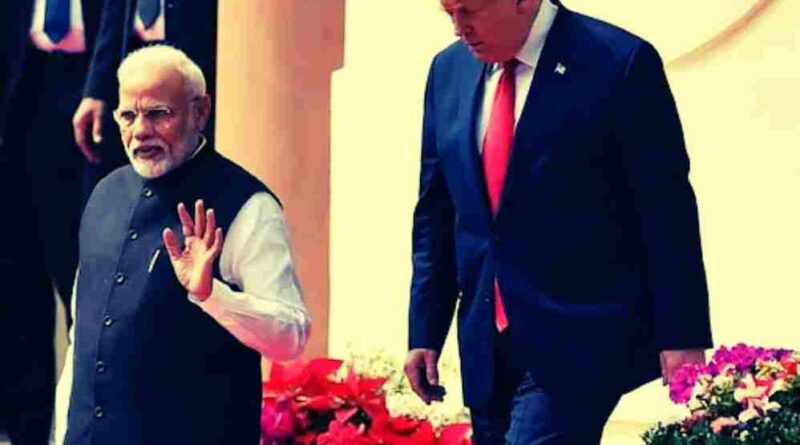Why PM Modi Refused Trump’s Calls and What It Means for India-U.S. Relations
In the world of international diplomacy, silence often speaks louder than words. Over the past several weeks, Prime Minister Narendra Modi’s decision to avoid repeated calls from former U.S. President Donald Trump has created ripples across the geopolitical stage. At the heart of this diplomatic standoff lies a complex mix of tariffs, national pride, and political maneuvering.
The Unanswered Calls
After a brief phone conversation on June 17—just after Trump’s hasty exit from the G7 Summit—Trump tried multiple times to reach Modi again. Each time, his calls went unanswered.
This was not an oversight. It was a deliberate decision by the Indian leadership. The reasoning was twofold.
First, there was concern about optics. A simple call, if publicized in the wrong way, could be spun into a narrative that placed India in an awkward position internationally. Second, Trump’s tendency to publicly share or reinterpret private conversations raised serious doubts about what might follow. By refusing to engage, Modi effectively shielded India from becoming part of a staged political spectacle.
Tariffs and Tensions
While calls went unanswered, the U.S. announced a dramatic move—imposing a 50% tariff on Indian goods. This measure targeted major export sectors including textiles, footwear, gems, jewelry, and agricultural products.
The economic implications were stark. Early estimates suggested losses of around $55–60 billion for India, along with slowed GDP growth and job insecurity for millions working in export-driven industries. Small-scale producers and family-run businesses, many already navigating global competition, were expected to feel the hardest pinch.
India’s Firm Stance
Despite the pressure, India stood its ground. Trump had earlier suggested that the U.S. could mediate between India and Pakistan, a move that might have bolstered his statesman image. However, for India, the sovereignty of its internal and regional matters was non-negotiable.
Prime Minister Modi emphasized that farmers, fishermen, and domestic industries would not be sacrificed under external pressure. The refusal to accept mediation, even in the face of heavy tariffs, underscored India’s commitment to autonomy.
Domestic and Global Reactions
Within India, political voices began questioning whether the much-publicized “personal bond” between Modi and Trump had been overstated. Critics argued that India had paid a steep price for relying too heavily on optics rather than anticipating the practical outcomes of such a relationship.
Internationally, analysts noted that this strain could push India to strengthen ties with alternative trade partners. Some pointed toward increased cooperation with China, particularly in areas like solar energy and affordable imports, as an unintended consequence of U.S.-India friction.
The Bigger Picture
This standoff is more than just a clash between two leaders. It highlights a critical reality of modern diplomacy—relationships are not built on rhetoric alone, but on consistency, trust, and strategic balance.
By refusing Trump’s calls, Modi signaled that India would not allow itself to be cornered into public gestures that undermined its long-term strategy. By absorbing the economic blow of tariffs, India showed it was willing to bear short-term pain for the sake of principle.
Conclusion
The silence from New Delhi may have been frustrating for Washington, but it was intentional. In global politics, every action—and in this case, every refusal—carries meaning. India chose silence as its strongest form of resistance, sending a clear message: sovereignty and self-respect cannot be negotiated, even under the weight of economic pressure.
This episode marks a defining moment in India-U.S. relations, reminding the world that diplomacy is not always about what is said—it is often about what is left unsaid.
Disclaimer
The information and content shared on digitalgithub.com — including articles, blogs, news, guides, and other resources — is intended for general informational and educational purposes only. We do not guarantee the completeness, reliability, or suitability of any information. Always seek the guidance of a qualified professional before making decisions based on the information you read. Use this site at your own risk.

